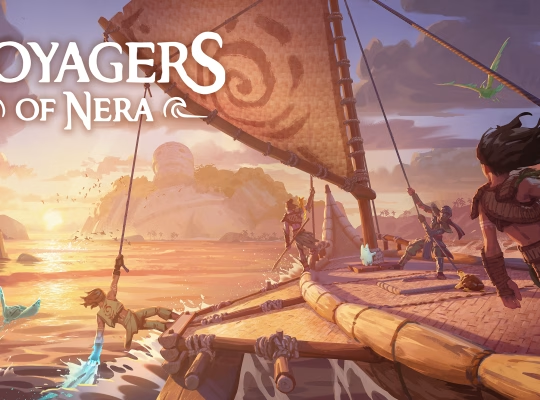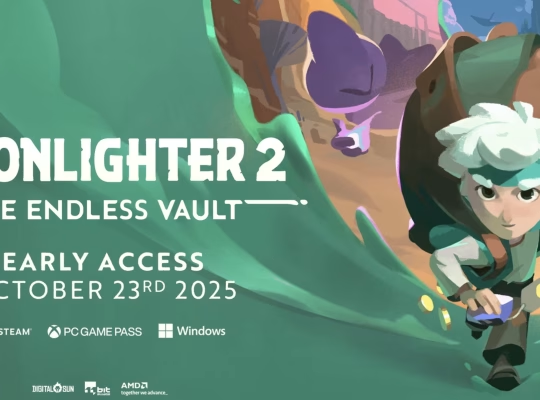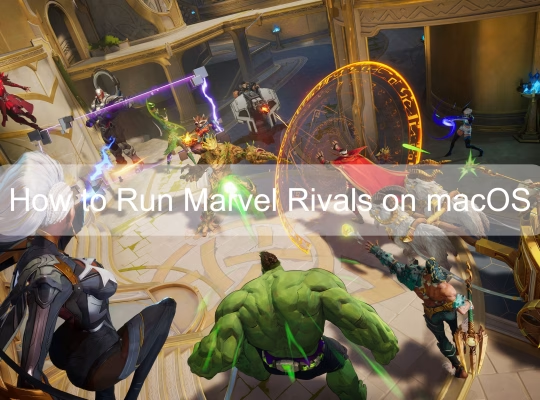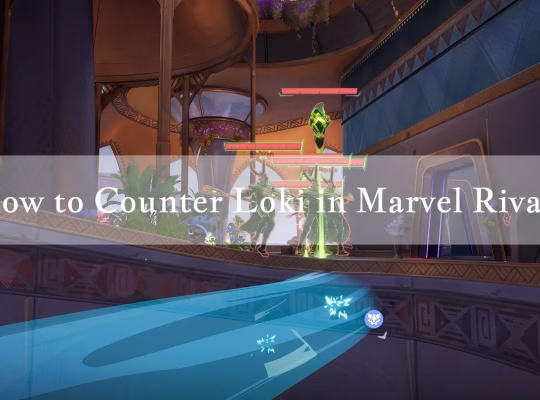The Knightling is a compact action-adventure game that, in many players’ accounts, feels like a small storybook brought to life. The game centers on a tiny but earnest protagonist who must explore a colorful world, solve environmental puzzles, and engage in light, timing-based combat. While some players will likely find the whole package charming and immediately accessible, others may find it less satisfying if they are looking for deep mechanical systems or a sprawling narrative. This review aims to present a balanced, nuanced picture, noting strengths and limitations, and it may be useful to readers who want a quick practical sense of what to expect before committing time or money.
| Platform, Genre | Typical playtime – main story | Estimated completion time – near 100% | Tone and art direction | Core mechanics |
| PC, current consoles, action-adventure with light RPG elements | 8-12 hours, probably | 12-18 hours, depending on exploration habits | Whimsical, storybook-like, warm color palette | Platforming, shield-based traversal, light combat, puzzle solving |
| Single-player experience, progression via collectible resource | Casual to moderate challenge, may appeal to family audiences | Replay value depends on collectibles and optional content | Soundtrack is gentle, supportive of atmosphere | Upgrade system that scales with collected resource, limited customization |
What Works Well
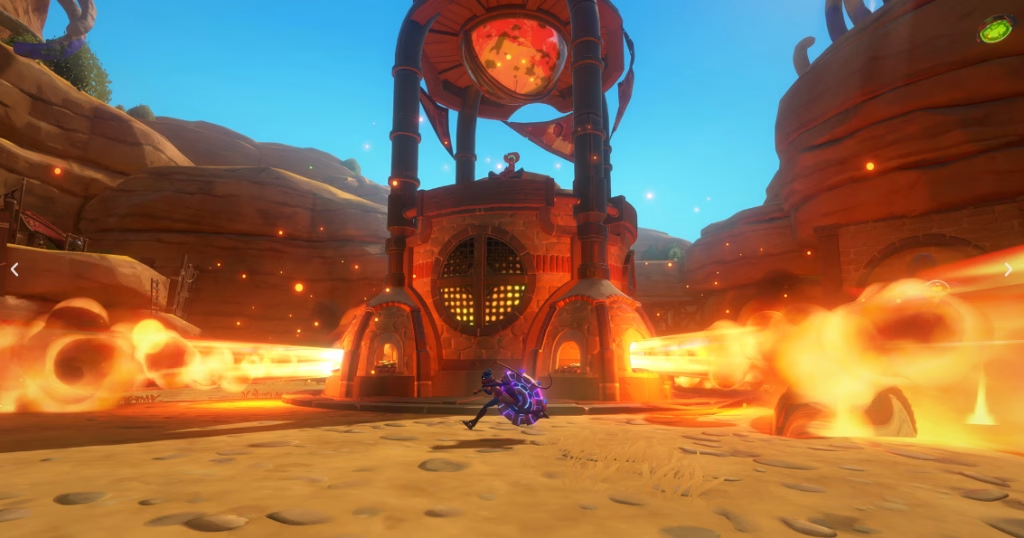
The Knightling’s strongest attribute is its consistent sense of atmosphere. The level and character design lean into a cozy, slightly nostalgic aesthetic that probably evokes memories of hand-illustrated children’s books, but with modern lighting and animation. The art direction supports exploration in a way that is likely to feel rewarding for players who appreciate visual storytelling, even when explicit narrative beats are modest.
Movement and traversal are also strong points. The protagonist’s shield acts as more than a cosmetic object, it is central to both traversal and combat. Players can use the shield to surf slopes, bounce from soft surfaces, and perform context-sensitive maneuvers. These interactions tend to feel fluid and responsive, which possibly explains why many players find exploration so engaging, even when the underlying systems are relatively simple. Puzzles are generally designed to be approachable, often blending traversal with light environmental manipulation, and they probably won’t cause extended frustration for most players.
Progression is straightforward, but thematically consistent. The resource used to upgrade the Knightling reflects the game’s narrative – small acts of praise and support translate into tangible growth. This design choice may appeal to players who value coherence between story and mechanics. The reward loops are mostly satisfying – exploration is encouraged, and the game typically rewards curiosity with upgrades or charming incidental moments.
What Might Disappoint

There are several areas where the game may not meet every player’s hopes in the opinion of our experts at Rivals Sector. First, the depth of combat and progression systems is limited compared with more ambitious action-RPGs. Combat relies on timing and simple combos – think parry, bash, and counter – which is accessible but may feel repetitive to players who expect layered build systems or vastly different playstyles. If you prefer complex skill trees, meaningful gear diversity, or advanced enemy AI that requires strategic adaptation, this title may seem shallow.
Second, the narrative is likely to be light rather than complex. Some scenes land emotionally, and the world hints at deeper backstory, but many narrative threads remain thin or implied rather than fully explored. For players who seek rich character arcs or branching story outcomes, The Knightling may not deliver the narrative complexity they want. That said, some readers and players might prefer a gentle, suggestive story over an overpowering plot, so again, this will depend on tastes.
Third, the puzzles and encounters often rely on familiar design patterns. Platforming challenges, pressure plates, and straightforward block manipulation appear regularly, and while they are polished, they do not always innovate. This may not reduce enjoyment for those who favor comfortable familiarity, but others may wish for more inventive puzzles that reframe what a shield-based traversal system can do.
Mechanics and Progression, Expanded

Mechanically, The Knightling is built around a few interlocking systems that are deliberately simple. Exploration yields a resource used to purchase upgrades – improved agility, stronger shield effects, or extended stamina – and these upgrades slightly alter how you approach environments. Combat benefits from these upgrades but rarely requires them. The design seems to favor accessibility and a gentle learning curve, which will probably serve newcomers well, but it may frustrate players whose primary motivation is deep optimization.
Some players and reviewers suggest that the upgrade options could be deeper – more branching choices, or meaningful trade-offs to create distinctive playstyles. It is possible that future updates or expansions might introduce more complexity; at present, the progression system is best understood as a steady, linear improvement that keeps early to mid-game pacing comfortable and rewarding.
A second mechanical element worth noting is the game’s approach to challenge pacing. Difficulty tends to rise in small steps, rarely spiking into punitive territory. This is likely by design, making the experience approachable for younger or casual players. That said, a few optional areas present tougher environmental navigation or tougher enemy encounters, possibly offering a bite-sized challenge for players seeking it.
| Feature, How it affects play | Likely player response |
| Shield traversal – enables surfing and bounces | Often praised for fun movement, may become central to platforming identity |
| Simple upgrade tree – linear improvements | Feels rewarding but may lack strategic depth |
| Light combat with timing mechanics | Accessible and satisfying, possibly repetitive over long play sessions |
| Environmental puzzles – familiar tropes | Approachable, some players find them pleasantly nostalgic, others call them uninspired |
Technical and Accessibility Notes
On modern hardware the game tends to run smoothly, and frame rates are usually stable in common scenarios. Graphical polish is generally good, though a few players report minor clipping or animation hiccups in edge-case situations. Console players should pay attention to UI scaling – some elements, particularly text prompts and menu fonts, can be small on TVs at typical viewing distances. It may be wise to check options menus for accessibility settings if you prefer larger text or remapped controls.
Audio design is subtle and supportive, without extreme flourishes. The soundtrack tends to underscore the emotional beats rather than dominate them. Voice work, if present, is often minimal and used sparingly, which some players may appreciate while others might consider it an absence.
Final Verdict and Recommendations
The Knightling is probably best described as a tasteful, well-executed small-scale adventure. If you appreciate coherent design, charming visuals, and a short but pleasant game loop, this title may be a good fit. Conversely, if you prioritize long-term mechanical complexity, large branching narratives, or competitive depth, you may find it lacking.
Recommendations based on likely preferences:
- If you are new to action-adventure games, or you favor narrative ambiance and polished traversal, consider playing The Knightling, it may be an enjoyable time investment.
- If you are a completionist who needs many build options, long campaign depth, or intense challenge, you might want to wait for future updates or pick a title with a wider mechanical scope.
- If accessibility on consoles matters to you, check UI size and options before purchase, because readability may vary by display setup.
Some experts and commentators suggest that the game’s strengths could be expanded with post-release content – additional upgrades, puzzle varieties, and accessibility patches could appreciably widen its appeal. That possibility requires further observation, and potential buyers may want to follow patch notes and our review section if these aspects are important to them.
Closing Thoughts
The Knightling is likely to be a polarizing but endearing title, depending on what a player values. It does not aim to be everything to everyone, and perhaps that focused scope is one of its virtues. For those seeking a brief journey with a friendly tone and satisfying traversal, it could be a highlight of light gaming sessions. For players who demand deep systems and extended narratives, it may serve better as a pleasant diversion than a long-term obsession.
This review tries to balance positive impressions with realistic caveats, and it acknowledges uncertainty where appropriate – some issues may be subjective, and others might change with future updates. Readers who want a more precise sense of fit may want to sample gameplay footage or a demo where possible, and consider whether they prefer breadth or intimacy in game design.




